��Τ δ
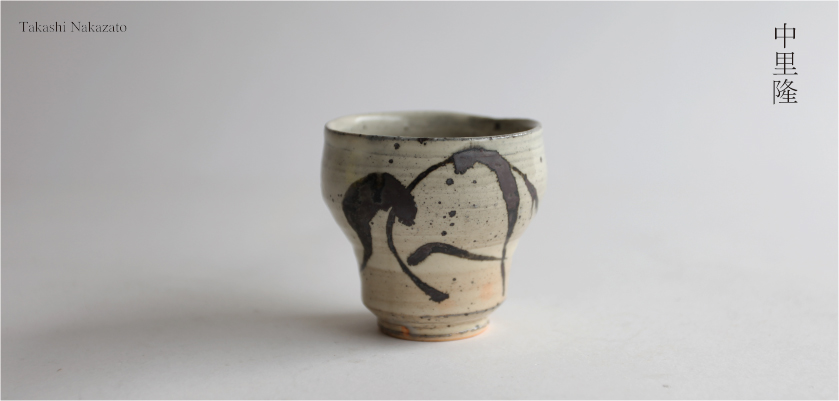
��Τδ��takashi nakazato
����ƫ�ݳ��Τߤʤ餺����ƫ�ݳ��ˤ����Ƥ�䤭��Τβ��ͤȤ���̥�Ϥ���������Τδ���彣�����츩�Τ䤭��ΤǤ������žƤ�롼�ĤȤ��ʤ��顢���⳰��ͳ�˹Ԥ��褷���������ϤǤ��Ǻ��Ȥ�����ͳ�ʴ����Ǻ�ƫ��³������ꡣ���κ��ʤϡ��������ߤʺ�ƫ���Ѥˤ�ä����ޤ�뿭�ӿ��ӤȤ��������ؤ�Ƥ��ˤ������ʤɡ��䤭��Τʤ�ǤϤ�̥�Ϥ�ù���롣
���Ť�̾��ƫ�ȡ���Τ��Ϻ�������ҽ�����������ʹ桧̵�á�1895��1985�ˤθ��ˤȤ������ޤ줿��Τ�ϡ���ǯ���˵��Ԥ����ŤǺ�ƫ��ؤ֤ȡ�1971ǯ�ˤϼ������Ϥꡢ����ڤˤ������Ƥ�꤬���롣�����塢���ȤΡ�δ���ҡפ����Ҥ������Ȥ���ȡ�������Ϥ�ι��ƫ�ݤε��ˤ�äƿͤȤθ�ή�ᡢ�в�ؤӤ�ڤ��ߤʤ����Ϻ��ԤʤäƤ������������ڤ��ؤʤɡ����Ϥ��Ǻ��褫���ʤ���⡢���֤���ꡢ��ǿ��졢�Ѥ��뤳�Ȥ˴�ӤФ��Ƥ������ܤΤ䤭��Τθ����Ǥ���ִ�פ��ä��֤���Τ���ʤϡ���ƫ�ν�����鸽�ߤޤ�Ⱦ�����ʾ�ˤ錄�ä�¿���οͤ�̥λ���Ƥ��롣
Takashi nakazato devotes himself to convey the value and the charm of ceramic not only in Japan, but all over the world. Though his works rooted in the Karatsu ware, he travels around the world to make ceramic with local materials and his free sensitivity. Thanks to the excellent skills, his works are all have a freewheeling look and special texture of the glaze, which also spreading the unique attractions of ceramic.
Born as the fifth son of the 12th generation owner of the Nakazato Tarouemon, a famous family to make Karatsu ware, Takashi nakazato studied how to make ceramic in Kyoto and Karatsu in his young age. In 1971, he went to Tanegashima. He made ceramic with local clay and an original technique, called Tanegashima ware. After returning to hometown, he built his kiln, Ryuta-gama. He started the ceramic art trip around Japan and got inspiration from the encounter and communication with strangers. His works, even these that are based on the material form outside Japan, still showing you the heart of Japanese ceramic. That is the reason why his work could resonate with all the generation of people from the beginning of his career till now, that lasting more than half a century.
��Τδ��跃�����ܹ���ǵ������Ūƫ艺��������в传��ƫ᪴�Ū��值�ʵ�̥�ϡ�¾��٩в�彣��贺县Ū����烧Ū��术Ϳ��ǰ��Ʊ时����历�������ϡ��������Ϻ�������������ͳ��创�¾��ùŪ��ƫ��术赋ͽ每�����ʰ�ͪ������Ū¤��������Ū��烧��质�����۰��Ժ�ͭ�����뼨��ƫ᪴����Ȱ�����Ū����
��Τδ��为����烧̾门����Ƿ��Ū��Τ��Ϻ��卫门窑Ū�载������Ū���Фѹ��诞������ǯ时���ߵ���Ϳ����两�ϳ�习ƫ艺��1971ǯ����种��岛������岛���Ǻ�实�������种��岛烧��术����归��Τ����¾��¤����Ū创����ϡ���̿̾为δ��窑������开��环�����ܳ��ϰ�ƫ艺��ͧ������每�켡Ū�갩带��Ū�ճ���获���ʺ�种种为��进��创�¨���������ܹ�Ūƫ�ڡ���药�ʵڳ�种��样Ū�����Ǻ༩创���Ū���ʡ�你��ǽ��过¶Ϳ��间Ū��谐��处��每�켡����时������Ū�괶�ʵڿ�Ƿ����Ū���ٴ�����Ū细节��ǽС���Τδ�ῼ��٩��в����ƫ᪴�����Ū创���������ǡ����к¾创������现�߲���λȾФ��纪Ū���ʷ����响��Ū��鸣����续��ͪ长��
����
| 1937 | ���žƽ�������Τ��Ϻ�������̵�áˤθ��ˤȤ������ޤ�롡Born as the fifth son of the Muan Nakazato, the 12th generation owner of the Nakazato Tarouemon |
| 1959 | ���Ի�Ω���ݻ�Ƴ��˳ؤ֡�Took a course at the Kyoto Municipal Industrial Arts Research Institute |
| 1960 | ��������䡦�����ɰ�����硡Studied under Shofu Eiichi |
| 1961 | ���츩Ω�ҶȻ��ǰ������������λ�Ƴ������롡Learn pottery wheel from Inoue Manji at the Saga Prefecture Kiln Institute |
| 1961 | ī����ʹ�Ҽ����10��������ƫ��Ÿ�ˤơ�ƫĦ ���е�������ʼ��ޡ�His carved potter artwork entitled Sougyo awarded the First Prize at the 10th Modern Japanese Ceramic Exhibition host by the Asahi Shimbun Company |
| 1967 | ����ꥫ������������졢����������ڹ�ʤɤ�1ǯ��ι�ԡ�Travelled to America, Europe, Middle East, Southeast Asia, South Korea for one year. |
| 1971 | �����ڻ��������ʾ���50ǯ10���סˤο����ˤ�ꡢ���������硡 Went to Tanegashima after invited by Koyama Fujio. ��Ƿɽ�Ըű�����Ҥ��������Ƥ���Ϥ�롡 Set up his kiln in huruzono, Nishinoomote City and started the Tanegashima yaki. 9����ܶ����۵ڤ������粰�ˤƼ����Ƥ��ν��Ƥθ�Ÿ�š� The first time to exhibit Tanegashima wares during his solo exhibitions held in Nihonbashi Mitsukoshi Main store and Osaka Takashimaya. �ʹߡ����ϤˤƸ�Ÿ�Ť��� �� Later, held solo exhibitions around Japan |
| 1974 | ����������夲�����Ť˵��롣���ŻԸ��ڤ��Ҥ��ۤ����������������Ȥ��ƺ�롣Returned to Karatsu. Set up kiln in Mirukashi, Karatsu, and made mainly non-glazed pottery called Karatsu-Nanban. |
| 1974 | �����ڻ����������δ���Ҥ�̿̾ His kiln was named after Ryuta-gama by Koyama Fujio |
| 1985 | ����ƫ�������Ťθ���ƫ����ȴŸ�ޤ���ޡ�Awarded the Modern Pottery Prize by the Japan Pottery Association |
| 1995 | ����ꥫ������ɽ����Ρ��ޥ����������������������ȥ����ˤƲơ��ߺ�ƫ��Make pottery in Anderson Ranch Arts Center during Summer and Winter, Snowmass Village, State of Colorado, America. |
经历
| 1937 | ��为����烧̾门����Ƿ��Ū��Τ��Ϻ��卫门窑Ū�载��������Τ�۰�Ū���Фѹ��诞�� |
| 1959 | �ߵ��Ի�Ω��艺��导���习 |
| 1960 | ��师���������Ū��风荣�� |
| 1961 | �ߺ�贺县Ωƫ᪹�业实验������������习ƫ�转盘���� |
| 1961 | ƫ��������鱼��ī����闻�Ҽ�办Ū�载��现������ƫ艺Ÿ��������̾ |
| 1967 | ������������东��东��亚��韩������ι���ǯ |
| 1971 | �߾����ٻ���Ū��绍��������种��岛 ����Ƿɽ��Ū��园��Ωλ窑场��开��进��种��岛烧 9�� ����桥����������岛��举办ФŸ����Ÿ��种��岛烧���� �������߳���举办ФŸ |
| 1974 | 离开种��岛�������š������Ż�见�ڷ�Ω窑场�����������������ڡ� |
| 1985 | ����ƫ�协���办Ū现��ƫ艺选ٶŸ��获奖 |
| 1995 | �Ƶ����ߵ�时�������罗��¿��Ū���������艺术�濴����ƫ᪴� |
-
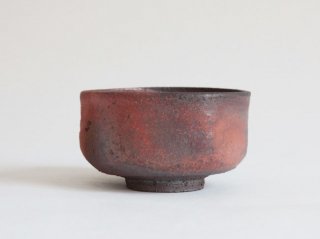 (USU)�Ƥ����̼�����
(USU)�Ƥ����̼�����
550,000��(�ǹ�)
-
 (��)������
(��)������
55,000��(�ǹ�)
-
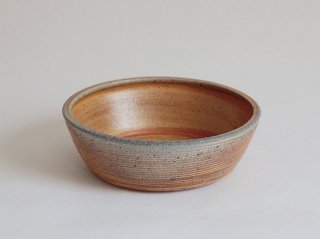 (A)�ƥ饷�å�����ȭ
(A)�ƥ饷�å�����ȭ
110,000��(�ǹ�)
-
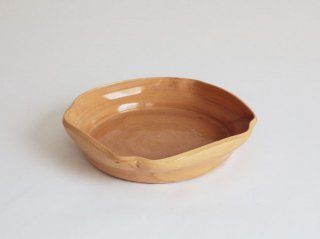 ���Ų��ػ���ȭ
���Ų��ػ���ȭ
121,000��(�ǹ�)
-
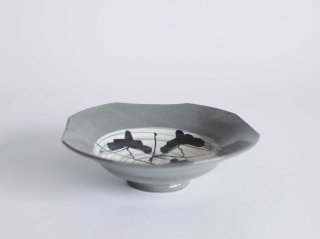 ���ų������ܳ��ڻ�
���ų������ܳ��ڻ�
22,000��(�ǹ�)
-
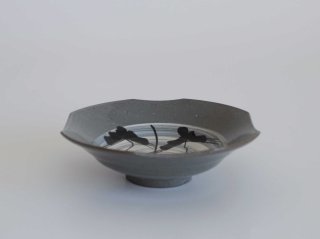 ���ų������ܳ��ڻ�
���ų������ܳ��ڻ�
22,000��(�ǹ�)
-
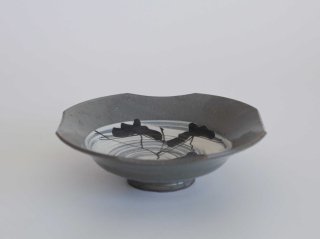 ���ų������ܳ��ڻ�
���ų������ܳ��ڻ�
22,000��(�ǹ�)
-
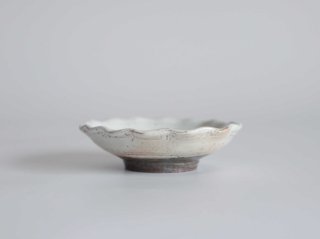 ����ʴ���ز־���
����ʴ���ز־���
7,700��(�ǹ�)
-
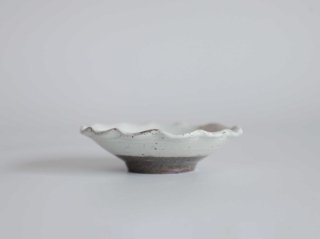 ����ʴ���ز־���
����ʴ���ز־���
7,700��(�ǹ�)
-
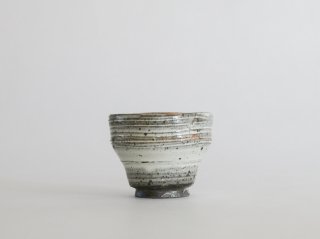 ����ʴ����������
����ʴ����������
11,000��(�ǹ�)
-
 (A)���Τ�ʸ����
(A)���Τ�ʸ����
13,200��(�ǹ�)
-
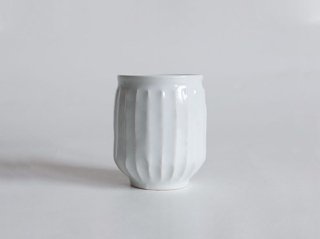 (A)���Τ�ʸ����
(A)���Τ�ʸ����
13,200��(�ǹ�)
-
 (A)���Τ�ʸ����
(A)���Τ�ʸ����
13,200��(�ǹ�)
-
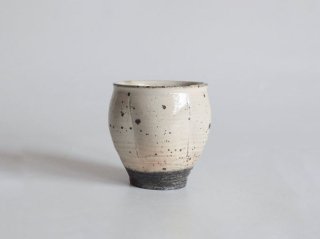 ����ʴ����������
����ʴ����������
11,000��(�ǹ�)
-
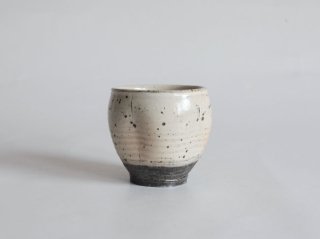 ����ʴ����������
����ʴ����������
11,000��(�ǹ�)
-
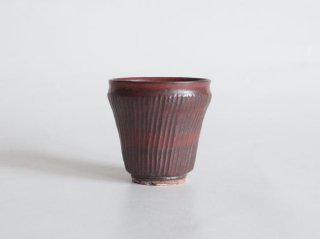 (A)���������å���ʸ����
(A)���������å���ʸ����
13,200��(�ǹ�)
-
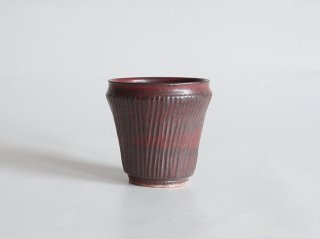 (A)���������å���ʸ����
(A)���������å���ʸ����
13,200��(�ǹ�)
-
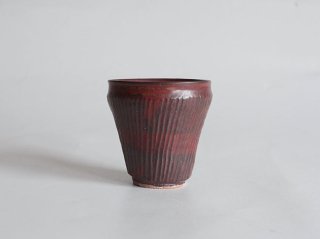 (A)���������å���ʸ����
(A)���������å���ʸ����
13,200��(�ǹ�)
-
 (A)���������å���ʸ����
(A)���������å���ʸ����
13,200��(�ǹ�)
-
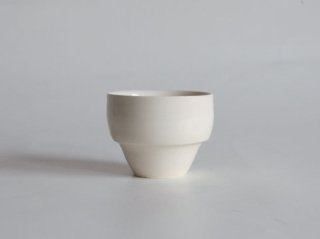 ���
���
11,000��(�ǹ�)
-
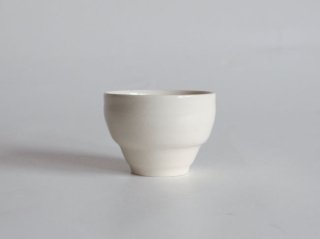 ���
���
11,000��(�ǹ�)
-
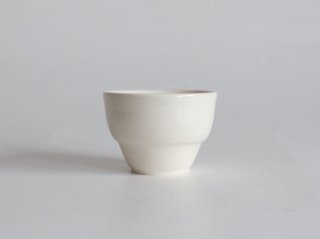 ���
���
11,000��(�ǹ�)
-
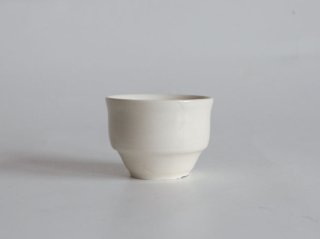 ���
���
11,000��(�ǹ�)
-
 ���
���
11,000��(�ǹ�)
-
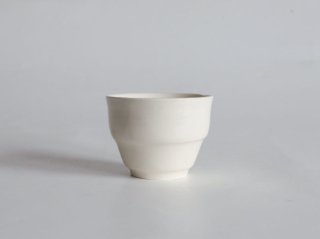 ���
���
11,000��(�ǹ�)
-
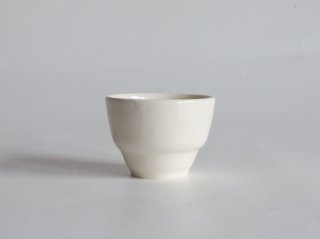 ���
���
11,000��(�ǹ�)
-
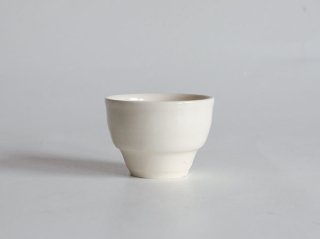 ���
���
11,000��(�ǹ�)
-
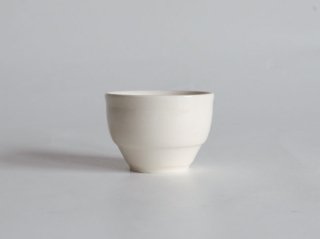 ���
���
11,000��(�ǹ�)
-
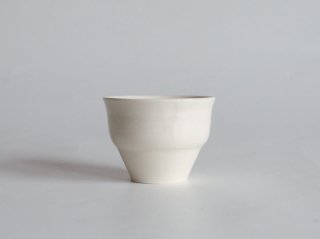 ���
���
11,000��(�ǹ�)
-
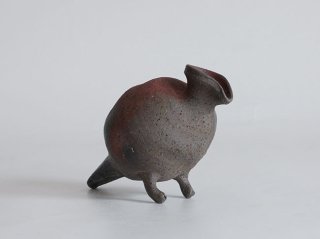 �������ڳ�����
�������ڳ�����
88,000��(�ǹ�)
-
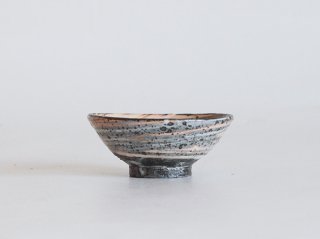 ���ź����ܤ�����
���ź����ܤ�����
55,000��(�ǹ�)
-
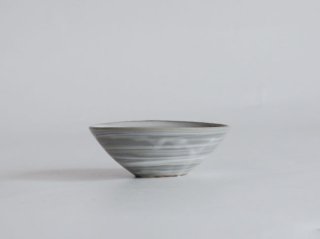 (I)������ߤ�����
(I)������ߤ�����
55,000��(�ǹ�)
-
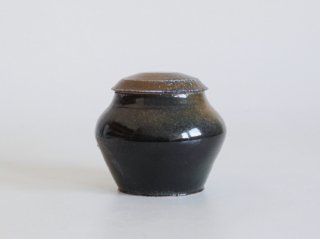 (A)������ޥ�֥�å���ʪ
(A)������ޥ�֥�å���ʪ
66,000��(�ǹ�)
-
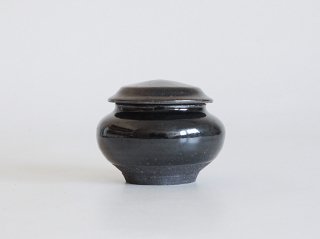 ���Ź��س�ʪ
���Ź��س�ʪ
55,000��(�ǹ�)
-
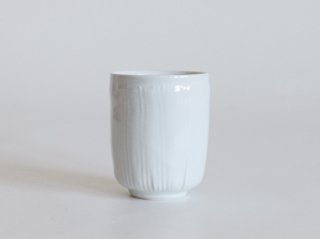 (A)����ʸ��_
(A)����ʸ��_
13,200��(�ǹ�)
-
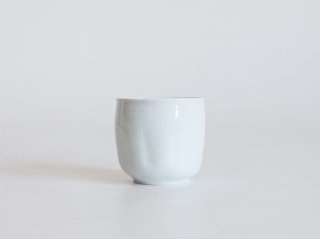 (A)����������
(A)����������
13,200��(�ǹ�)
-
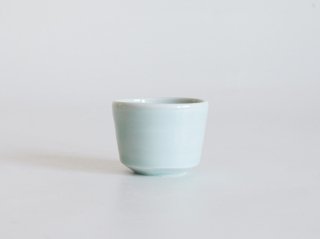 (A)��������
(A)��������
11,000��(�ǹ�)
-
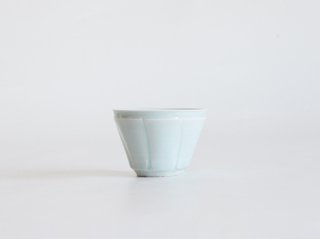 (A)��������
(A)��������
11,000��(�ǹ�)
-
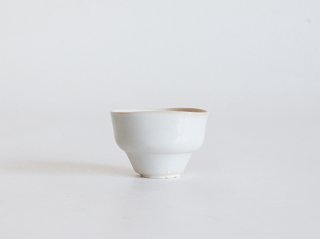 ��������
��������
11,000��(�ǹ�)
-
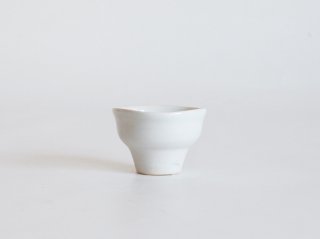 ��������
��������
11,000��(�ǹ�)
-
 ������
������
11,000��(�ǹ�)
-
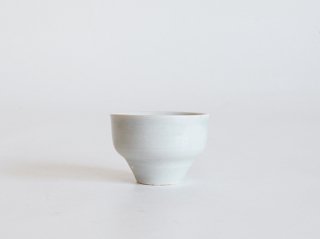 ������
������
11,000��(�ǹ�)
-
 (��)��Ʀ��
(��)��Ʀ��
5,500��(�ǹ�)
-
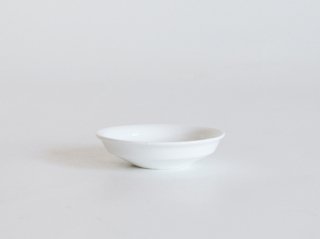 (A)��Ʀ��
(A)��Ʀ��
5,500��(�ǹ�)
-
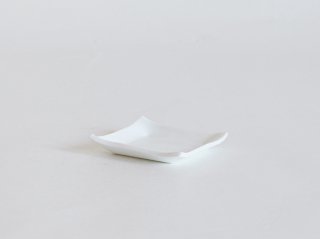 (A)����Ʀ��
(A)����Ʀ��
4,400��(�ǹ�)
-
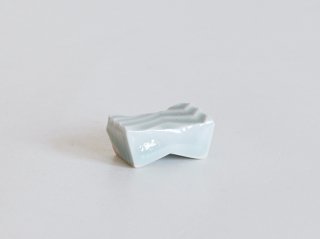 (A)������ʸȤ��
(A)������ʸȤ��
3,300��(�ǹ�)
-
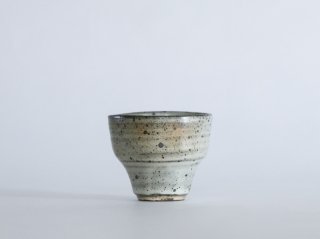 ����ʴ����������
����ʴ����������
SOLD OUT
-
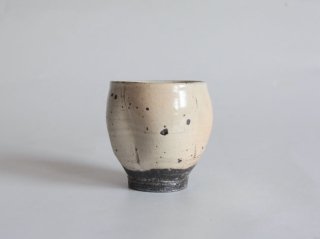 ����ʴ����������
����ʴ����������
SOLD OUT






